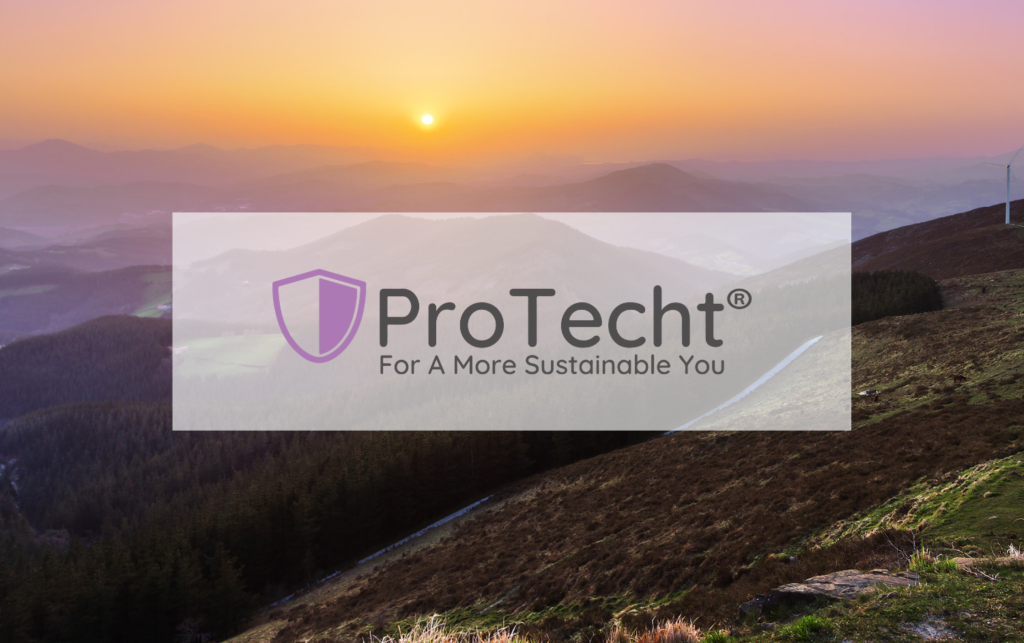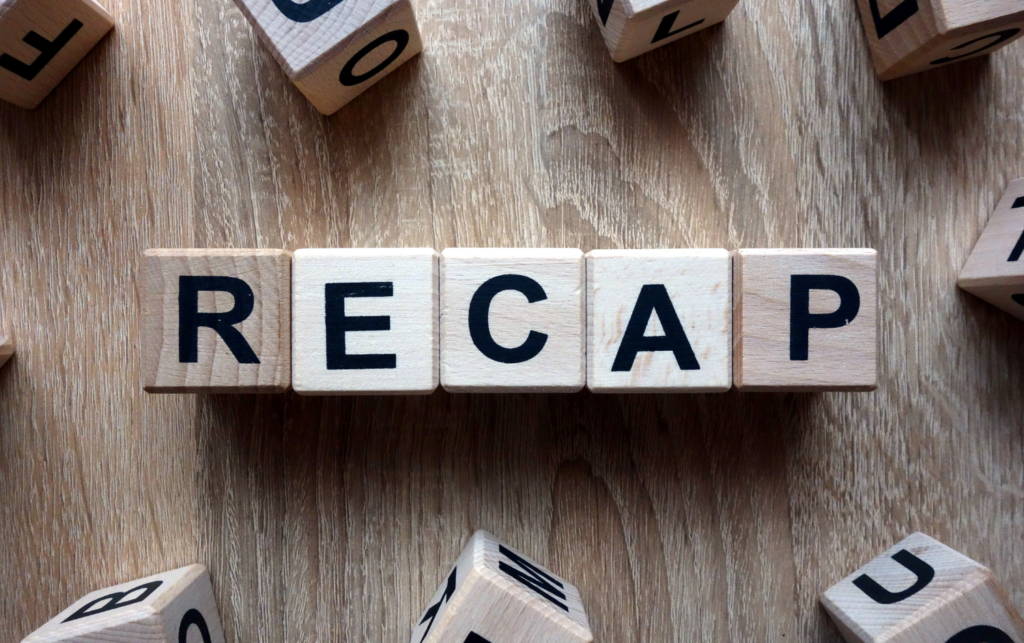As we come to the end of another full year, we invite you to take a few minutes to review some of the many industry topics we have shared. This guide provides a recap of some of the 2021 ProTecht blog posts. We hope you enjoy reviewing the information, tips, and updates on sustainability in the textile industry.
Lifestyle
Why textile performance technologies matter for home textiles
Home textiles, such as towels and bedding, treated with performance technologies can reassure you during this time of uncertainty. This post discusses how the quality, durability, and comfort of home textiles, along with performance technologies, can meet your needs.
Tips to relieve eco-anxiety
Eco-anxiety, or stress and fear associated with our climatic and environmental concerns, can be addressed, in part, by getting informed. For this reason, this post offers tangible tips that everyone can implement in their day-to-day lives to help reduce the burden of stress from these concerns.
How to avoid impulse shopping
Do you find yourself making more purchases than necessary? Impulse shopping is certainly tempting. This post therefore includes steps to take and tips to follow to help consumers avoid impulse shopping.
How to sustainably declutter your closet
Clearing out the closet is undoubtedly a great time to put sustainable practices into play. This post includes guidelines to help you determine what to keep, donate, sell, or recycle in a way that is satisfying for both you and the environment.
Sustainability
The environmental and social impact of secondhand shopping
Do you have any apparel that you no longer wear? You can extend the life of items that have already been produced through the popular secondhand market. For example, you can participate in clothing swaps, resale/consignment, and upcycling. This post also shares how the secondhand market exemplifies progress in sustainability efforts.
Sustainability certifications available in the textile industry
Do you care where your clothing came from? Public awareness surrounding traceability and transparency has certainly increased the demand for textile certifications. This post shares how textile certifications, such as OEKO-TEX®, bluesign®, and GOTS, provide a benchmark for brands and retailers to achieve sustainable levels of production.
Tips for going plastic free year round
We need to reduce our plastic usage for both sustainability and environmental purposes, as most of it ends up in landfills or the ocean. This post therefore highlights a number of suggestions for how to curtail plastic use in multiple areas of daily life.
How Antimicrobials Provide Value for Textile Products
Have you ever seen the word “antimicrobial” on a product hang tag and then wondered what the feature benefit is? This post explains that antimicrobial finishes are used to treat products such as apparel, footwear, and home textiles in order to prevent the development of odors caused by bacteria and other microorganisms.
Recycling guide
Do you know when, where, and how to recycle textiles? This knowledge surely empowers you to dispose of apparel in a sustainable manner. This post also reviews the differences between recycling, upcycling, and downcycling.
How to care for clothing sustainably
Do you know what temperature to use when washing your favorite shirt? We must learn to care for our apparel and home textiles in a sustainable manner in order to help products last and to protect the environment as much as possible. Functional features, such as antimicrobial treatments on textiles, can reduce the need for frequent laundering, enhancing textile durability and improving consumer sustainability.
Retail
Ethical fashion: What it is and why it matters
Do you know what ethical fashion is? Ethical fashion focuses on the social impact of the fashion industry. It is concerned with aspects of production such as working conditions, quantities of water and pesticides used, and hazardous chemicals used to soften and dye textiles. This post describes how brand transparency enables consumers to build ethical wardrobes by making clear choices about where they make their purchases and the impact this therefore has around the world.
The importance of transparency and traceability
Would you like to know how, when, and where your jeans were made? Due to interest from consumers and the industry, many fashion companies and brands are working to improve transparency of consumer-centric products and traceability of the supply chain. When brands are transparent about their manufacturing, they gain customers’ trust.
Retailers can sell less and still increase profitability
Did you know that it can be more profitable and sustainable for brands and retailers to design and sell fewer, higher-quality products with design elements such as premium fabrics and performance features? Although consumers will purchase fewer products, brands and retailers can profit just as much or more than they did in the past.
Consumer behavior through the generations
Have you heard of “Gen X” and “Gen Z”? Of course every generation is uniquely defined by different life experiences and values. It’s important for brands and retailers to understand the differences between generations in order to effectively target consumers.
See you in 2022
We hope that this blog recap guide provided helpful information on the progress and potential of sustainability in the fashion industry. Please subscribe to the blog to receive updates via email, and follow along on social media to keep up with our team:
We wish you all the best and look forward to continued growth and progress in 2022. Happy holidays!

Sustainability trends for home textiles in 2021
With much of the world staying home more than ever before, sales for home textiles increased more...

2022 ProTecht Blog Recap
This guide provides a recap of some of the 2022 ProTecht blog posts. We invite you to take a few...

ProTecht® For A More Sustainable You
The purpose of ProTecht® In recent years, the fashion industry has diligently pursued making the...
